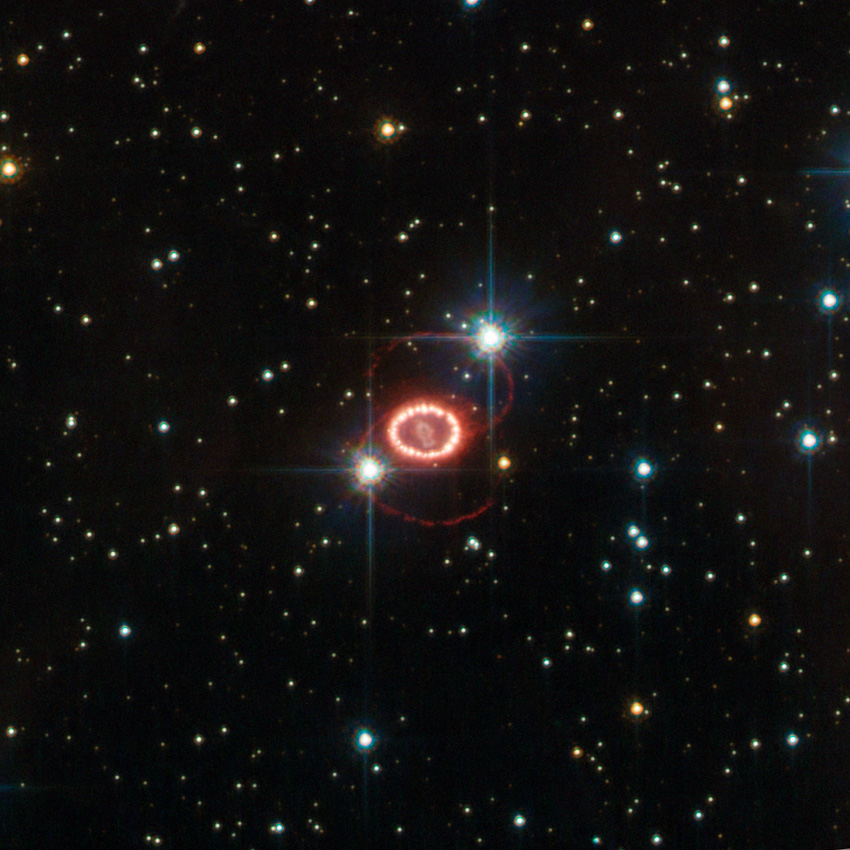Hey, y'all remember when neutrinos exceeded the speed of light? Sure ya do! Scientists were befuddled, pseudo-scientists came out of the woodwork yelling 'SEE!? SEEEEE!?' as they like to do. Einstein was wrong, physics has to be rewritten, all that sensational nonsense.
So,short version: they didn't.
To recap, last year CERN produced some delightfully titillating results when they produced some neutrinos in an accelerator, and then shot them in the general direction of Geneva, some 450 miles away. One of the nice things, as you may recall from your favorite blog ever, about neutrinos is that their lack of electromagnetic interaction can send them through the Earth with little to no interaction with the planet itself, making it a primo substance for shooting directly from one city to another (and inducing a fevered pipe dream of using them for communications...). They made a most peculiar discovery: the neutrinos arrived about 60 nanoseconds quicker than the speed of light allows!
Now, these were fairly preliminary results, but the scientists at CERN had difficulty figuring out what could have been going wrong. For instance, the beams of neutrinos they were sending were potentially long enough to cause confusion (are we detecting the front exactly, or somewhere else?). Detection issues, departure and arrival issues, miscalculations; as exciting as it would be to deny a fundamental aspect of our physical model, what it really does to scientists is freak them the hell out.
One of the main points of contention involved the Supernova 1987A, discovered in...1987. A few hours before the visible light reached us, before we had any idea it was going on, three detectors around the world had an extremely active burst of detection; that is, a total of 24 between them in a 13 second period (remember, they usually only detect 1 or less per day).
Now, the light that arrived had to interact with all that interstellar matter, so it was slowed substantially. The end result, however, was that neutrinos traveled ever-so-slightly slower than the speed of light. And one would rightfully suspect that if neutrinos actually did travel FTL, it would become obvious over the 168,000 light years it traveled to get here.
A few months after these preliminary superluminality (Word of the Day) results, two problems emerged in their analysis; a malfunctioning clock, and a "leaky" fiber-optic cable. Correcting for those, now the final results are in, presented at the annual neutrino conference: the neutrinos made the 450 mile trip 1.6 nanoseconds after the speed of light would allow.
The universe's top speed holds steady, humanity makes some of the most accurate measurements in species history, and the world learns a lesson about preliminary findings.
Just kidding about that last one. We'll never stop being goofy.


No comments:
Post a Comment